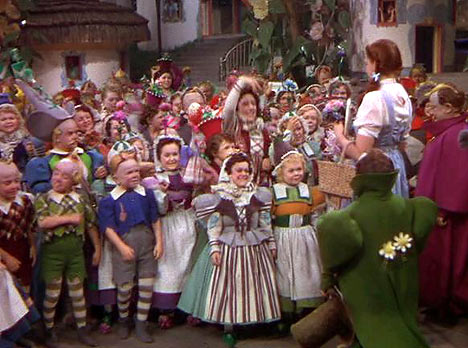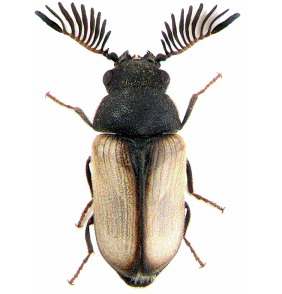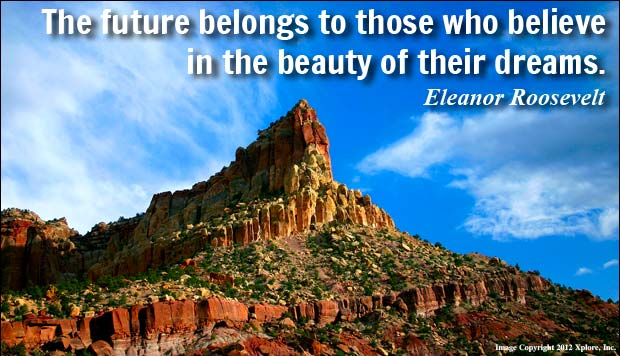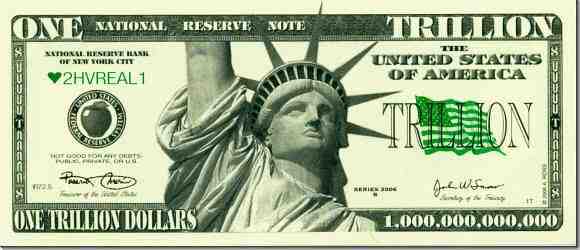Republished by Blog Post Promoter
Category Archives: …and other stuff
miscellaneous postings by Lawrence R. Spencer
99% of MUNCHKINS ARE EXTINCT (Beetles not)
Republished by Blog Post Promoter

HOW MANY SPECIES OF MUNCHKINS ARE IN THE LAND OF OZ?
“We represent the Lullaby League …”–The Munchkins
“We represent the Lollipop Guild …”–The Munchkins in ‘The Wizard of Oz’
On this planet, there are five major kingdoms of life forms categorized as follows:
1/ Bacteria
2/ One-Celled Organisms
3/ Mushroom, Molds, Fungi
4/ Multi-Cellular Plants
5/ Multi-Cellular Animals
The number of different forms of life–the tremendous variety of life on this planet–is virtually beyond comprehension. Think of how many different kinds of birds you’ve seen. Take a wild guess as to how many species of fish swim in the waters of the world. How many mammals or reptiles might there be, not to mention plants and insects?
Biologists are still trying to count the number of different life organisms on the planet. Consider the probability that an estimated TWO BILLION SPECIES have lived on Earth, of which as many as 99.9 percent are now EXTINCT! So, there probably aren’t that many left, right?
Wrong.
There are still estimated to be about 30,000,000 (thirty million!) different species of organisms still living on Earth. There are estimated to be more than 400,000 species of plants, alone. Do you like bugs? There are more than 1,000,000 species of insects (yes, that’s one million). There are 30,000 different subspecies of spiders! Not to mention the 30,000 species of beetles, 20,000 species of moths and 20,000 species of ants, bees and wasps. Researchers have estimated that for every human being there are one billion insects on Earth!
There are more than 9,000 species of birds, 4,000 species of mammals (1,700 are rodents), 10,000 species of roundworms, 4,000 species of amphibians, 21,000 species of bony fish and 6,000 species of reptiles. Don’t even think about the nearly unfathomable variety of invertebrate life in the oceans. Scientists will be working for a very long time to identify everything that lives in the waters of the world.
That’s just life in the macrocosm of Earth; i.e., just those life forms that we can see easily with the naked eye. How does this apply to the microcosm of relatively invisible animals?
 There are 4,000 known species of bacteria. On the average human body, about 600 million bacteria live on the skin. The skin under your arms carries close to 500,000 bacteria and your forearm is a thriving metropolis that is home to over 12,000 bacteria per square inch! The bacteria population INSIDE your body is too numerous to count.
There are 4,000 known species of bacteria. On the average human body, about 600 million bacteria live on the skin. The skin under your arms carries close to 500,000 bacteria and your forearm is a thriving metropolis that is home to over 12,000 bacteria per square inch! The bacteria population INSIDE your body is too numerous to count.
Then there are all the species of protozoa, algae, fungi and bacteria that eat carbon dioxide and hydrogen and produce methane as a byproduct.
In addition to the vast number of species, consider the fact that each individual cell in any complex organism is, in fact, a separate, distinct life entity. There are about 75 trillion cells in the average human body. The size of a single cell varies from the thickness of a few thousand atoms, to the largest single cell (an ostrich egg), measuring about 20 inches in diameter.
 The sheer volume and diversity of life forms would seem to defy the probability of any coincidental, circumstantial, accidental or spontaneous development of the unthinkably vast, complex, intricately coordinated, precisely structured, cooperatively balanced, and yet, ingeniously bizarre, incongruously grotesque and downright peculiar variety of life on Earth. (Remember, we aren’t even counting the 99 percent of life forms that USED to live on the planet, which are now extinct!)
The sheer volume and diversity of life forms would seem to defy the probability of any coincidental, circumstantial, accidental or spontaneous development of the unthinkably vast, complex, intricately coordinated, precisely structured, cooperatively balanced, and yet, ingeniously bizarre, incongruously grotesque and downright peculiar variety of life on Earth. (Remember, we aren’t even counting the 99 percent of life forms that USED to live on the planet, which are now extinct!)
In the 150 years since Darwin and others have re-proposed the Theory of Evolution, no one has ever demonstrated it to be true. Not a single one of any of this immense number of species have ever successfully interbred and created a fertile reproductive combination of two different species.
The point is this: Darwin’s theory does not provide us with a workable solution. The missing pieces of the puzzle are still missing, namely: where did man and the other life forms on this planet come from?”
_______________________________
— Excerpted from the book, THE OZ FACTORS, by Lawrence R. Spencer
LIFE IS JUST A RIDE
Republished by Blog Post Promoter
Bill Hicks was a comedic prophet like George Carlin, but a lot more intense. This video tribute to his short life cuts straight to the chase. Enjoy in Peace.
THE FUTURE
Republished by Blog Post Promoter
Anna Eleanor Roosevelt — October 11, 1884 – November 7, 1962) was an American politician, diplomat, and activist. She was the longest-serving First Lady of the United States, holding the post from March 1933 to April 1945 during her husband President Franklin D. Roosevelt’s four terms in office.
Though widely respected in her later years, Roosevelt was a controversial First Lady for her outspokenness, particularly her stance on racial issues. She was the first presidential spouse to hold press conferences, write a syndicated newspaper column, and speak at a national convention. On a few occasions, she publicly disagreed with her husband’s policies. She launched an experimental community at Arthurdale, West Virginia, for the families of unemployed miners, later widely regarded as a failure. She advocated for expanded roles for women in the workplace, the civil rights of African Americans and Asian Americans, and the rights of World War II refugees.
Following her husband’s death, Eleanor remained active in politics for the rest of her life. She served as the first chair of the UN Commission on Human Rights, and oversaw the drafting of the Universal Declaration of Human Rights. Later she chaired the John F. Kennedy administration’s Presidential Commission on the Status of Women. By the time of her death, she was regarded as “one of the most esteemed women in the world” and “the object of almost universal respect” — Wikipedia.org





